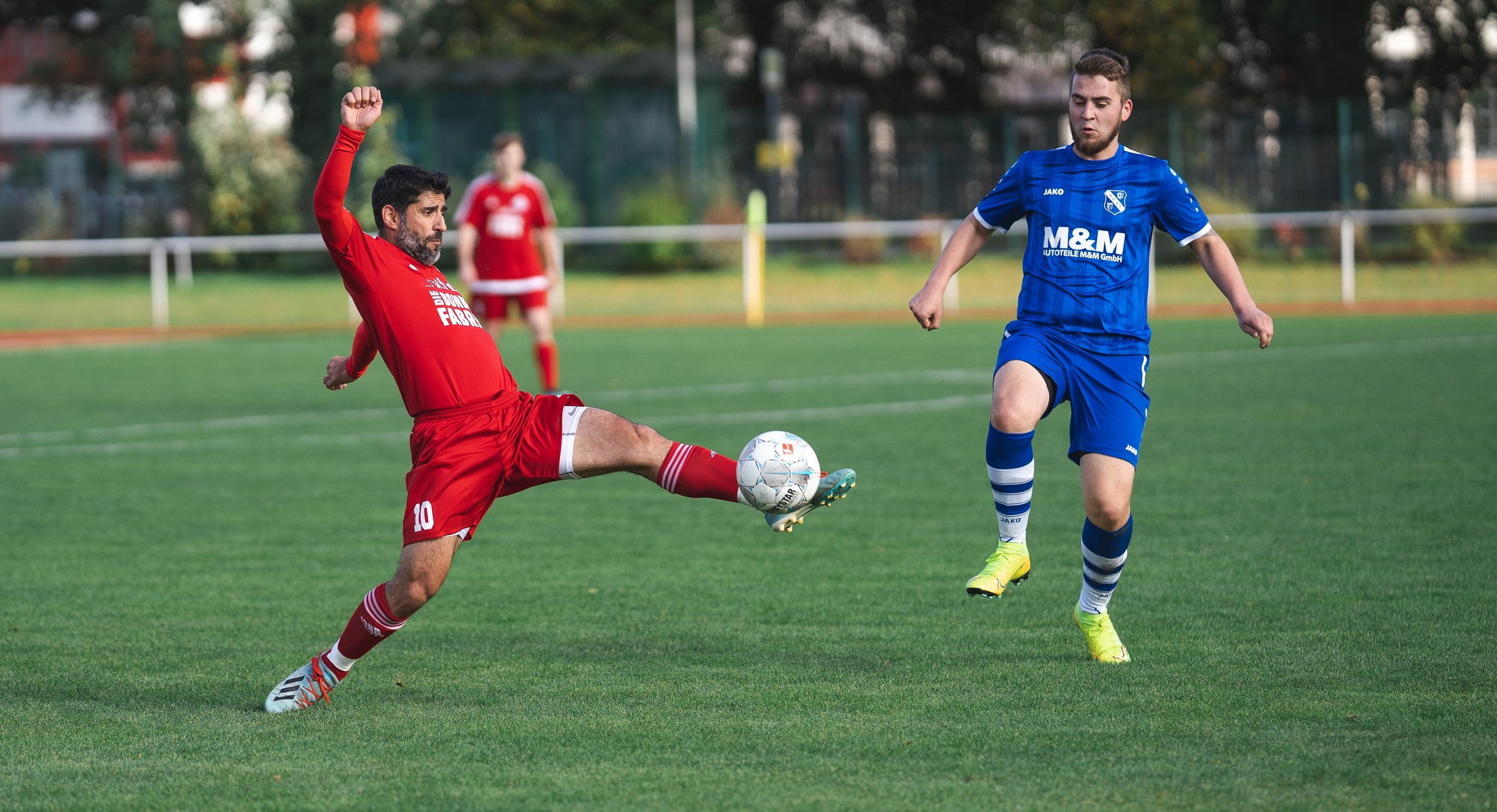Hamstring injuries, strains, are one of the most common injuries in the lower extremity. These muscles cross both the hip and knee joint making them susceptible to strains during high speed movements such as sprinting, jumping, cutting, and kicking. Of the three hamstring muscles, the biceps femoris is the most commonly injured among athletes. Authors report a previous hamstring injury can make an athlete 2-6 times more likely to injure their hamstring in the future. Other previous injuries increasing the risk of a future hamstring strain include a prior ACL injury, ankle sprain, or calf strain.
Injuries to the hamstring muscle are broken down into a three level classification system based on severity. The vast majority of hamstring strains are treated conservatively with Physical Therapy while the most severe cases including complete tears or avulsion injuries likely require surgical intervention. Diagnosis of hamstring injuries utilizes the patient’s history including a sudden onset of pain in the back of their thigh and loss of function, as well as, the Physical Therapy examination including flexibility, strength, and palpation tests and measures.
A recent clinical practice guideline was published in the Journal of Sports Physical Therapy on the available evidence utilized to treat hamstring injuries (Martin et al. 2022). Authors reported level B evidence to support the utilization of eccentric strength training, stabilization training, and stretching in the immediate post injury period. Additional evidence supported the utilization of a gradual progression of activity during the return to sport activity based on injury severity, patient ability, and their functional or sport specific goals. Importantly authors noted reduced risk of injury with nordic hamstring exercises, sport specific training, dynamic warm ups, and strength training.

